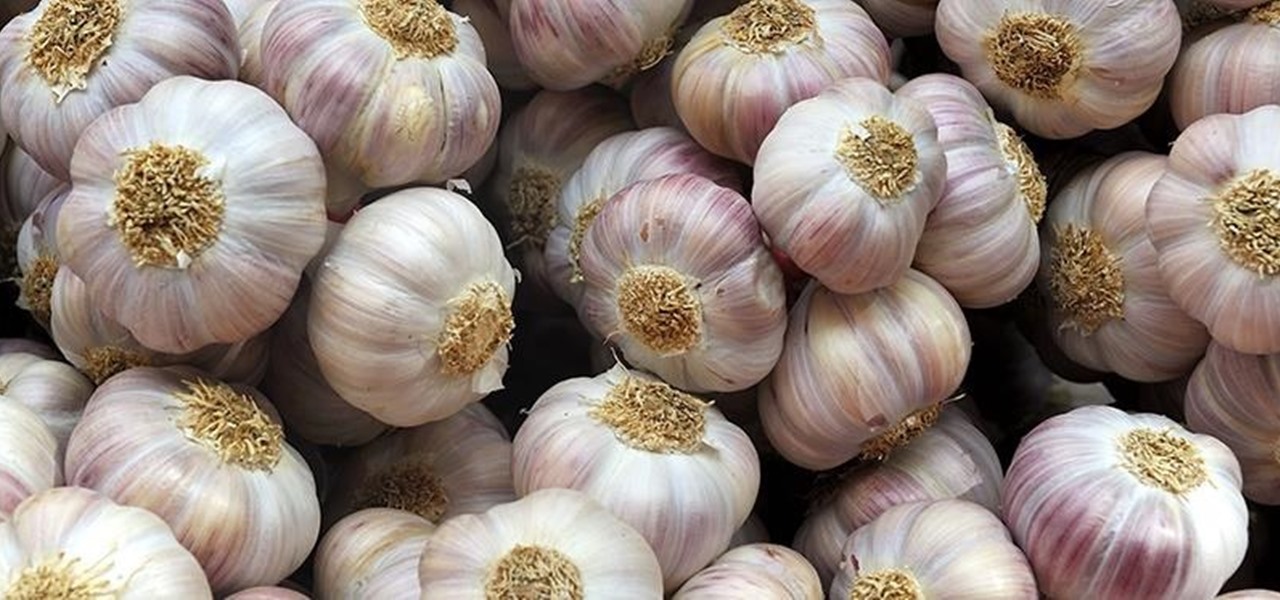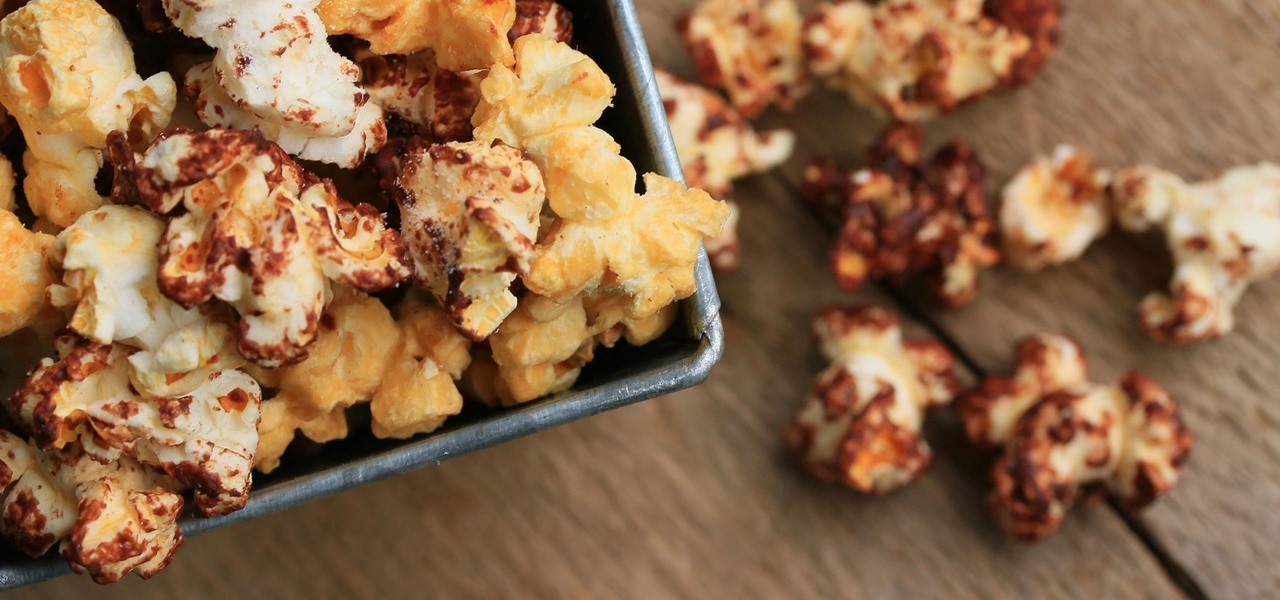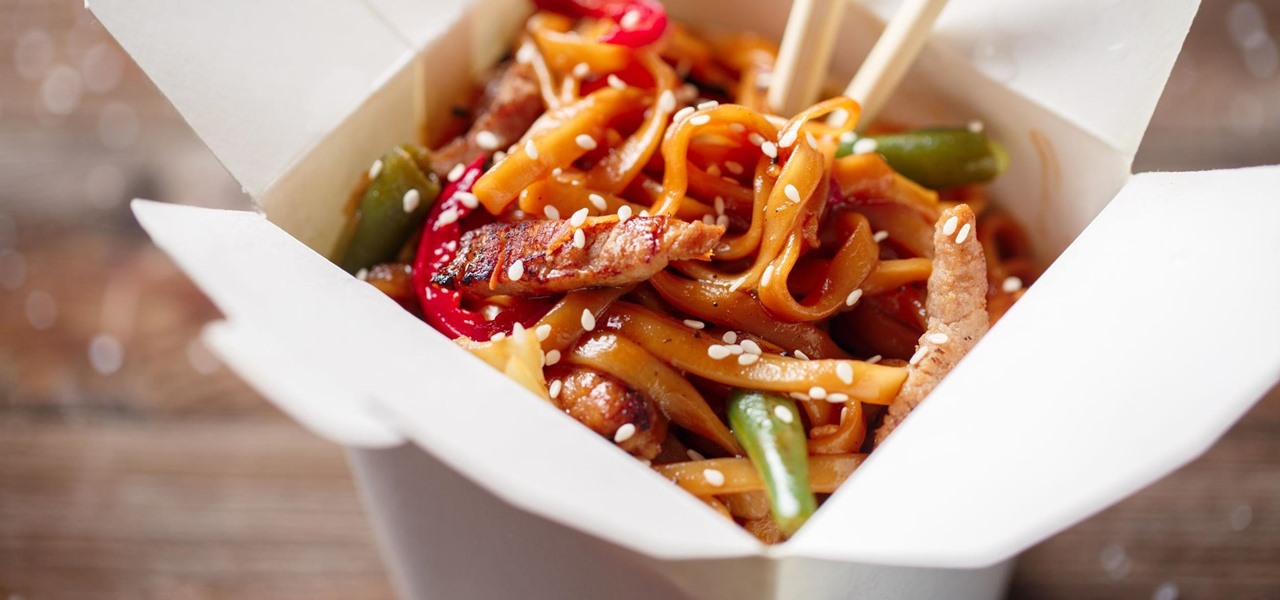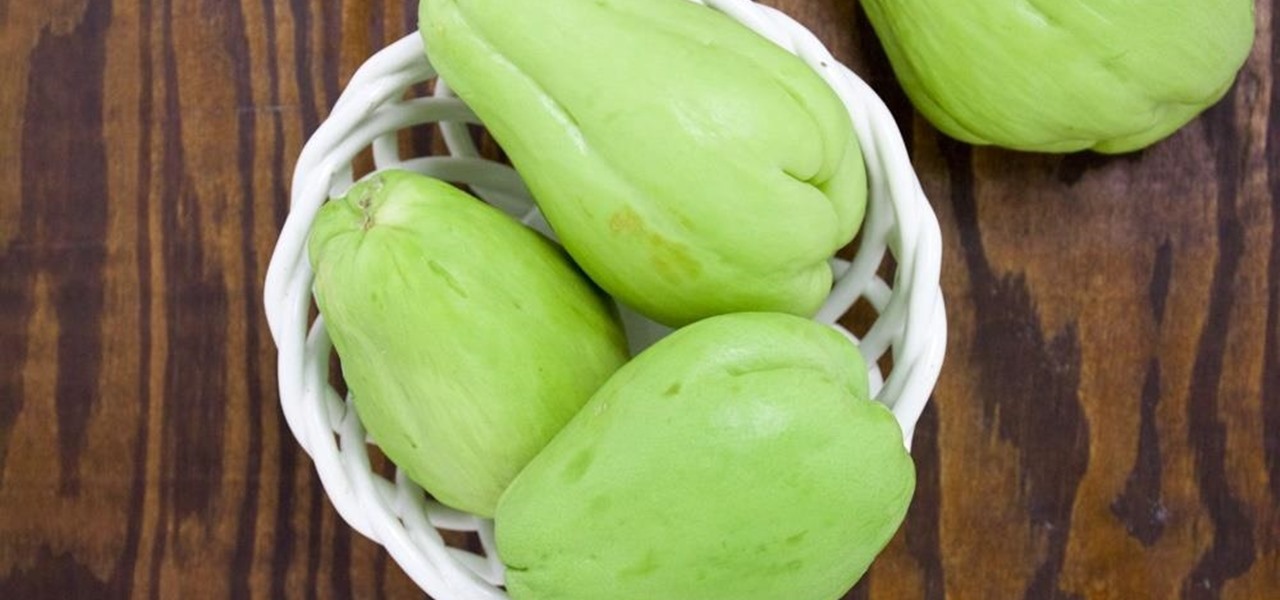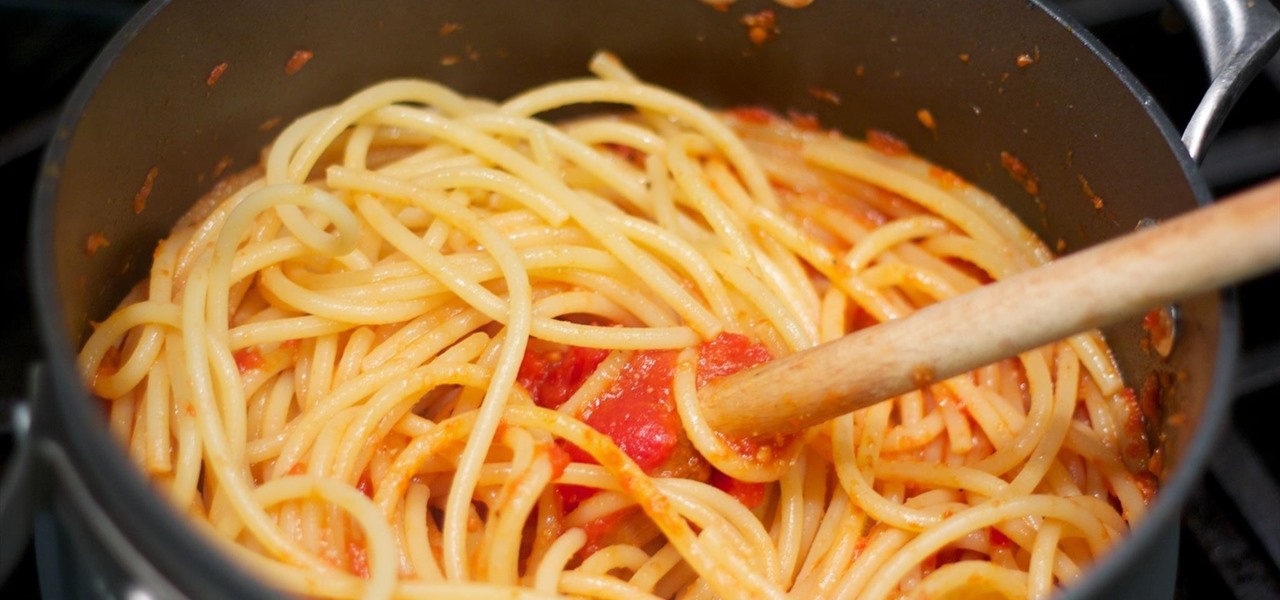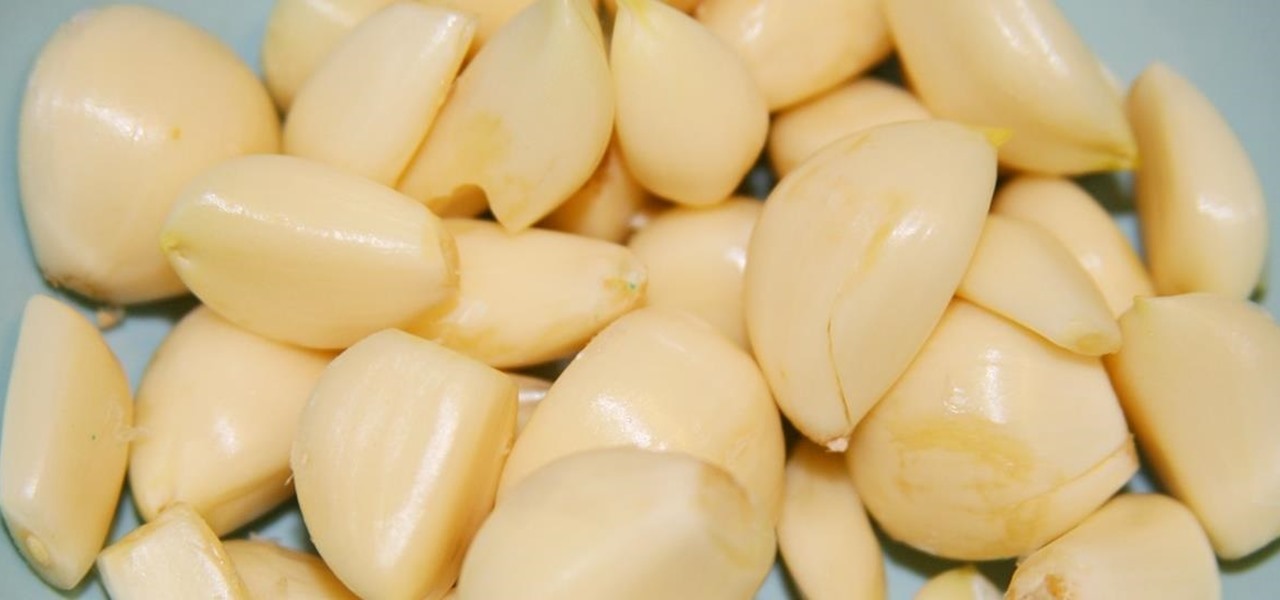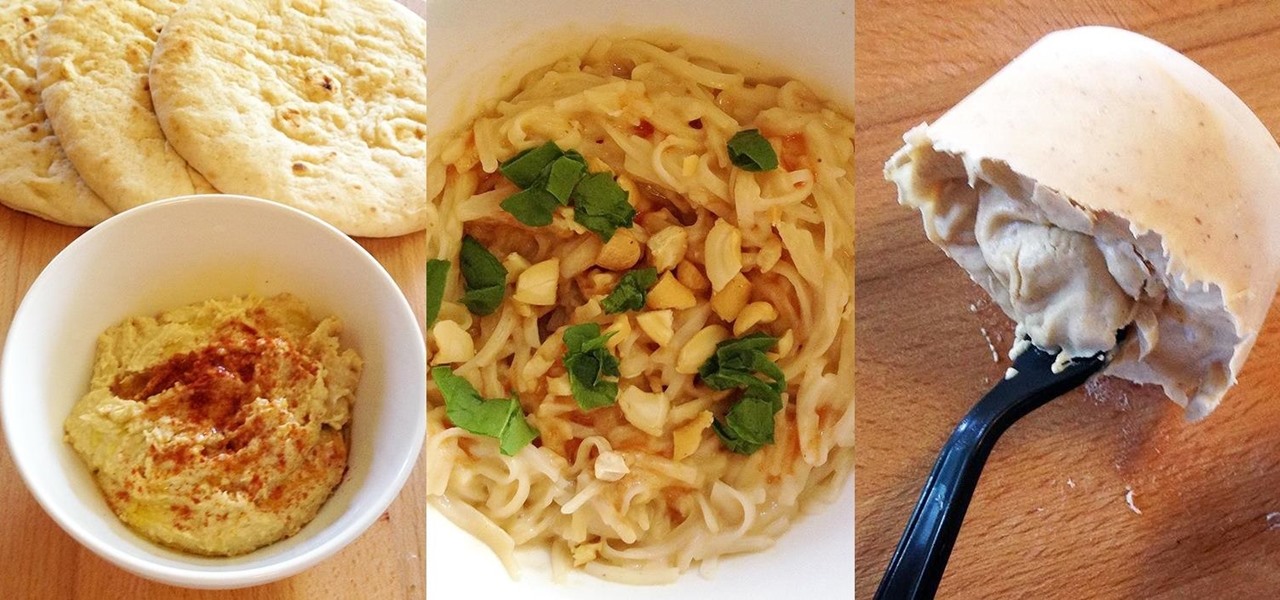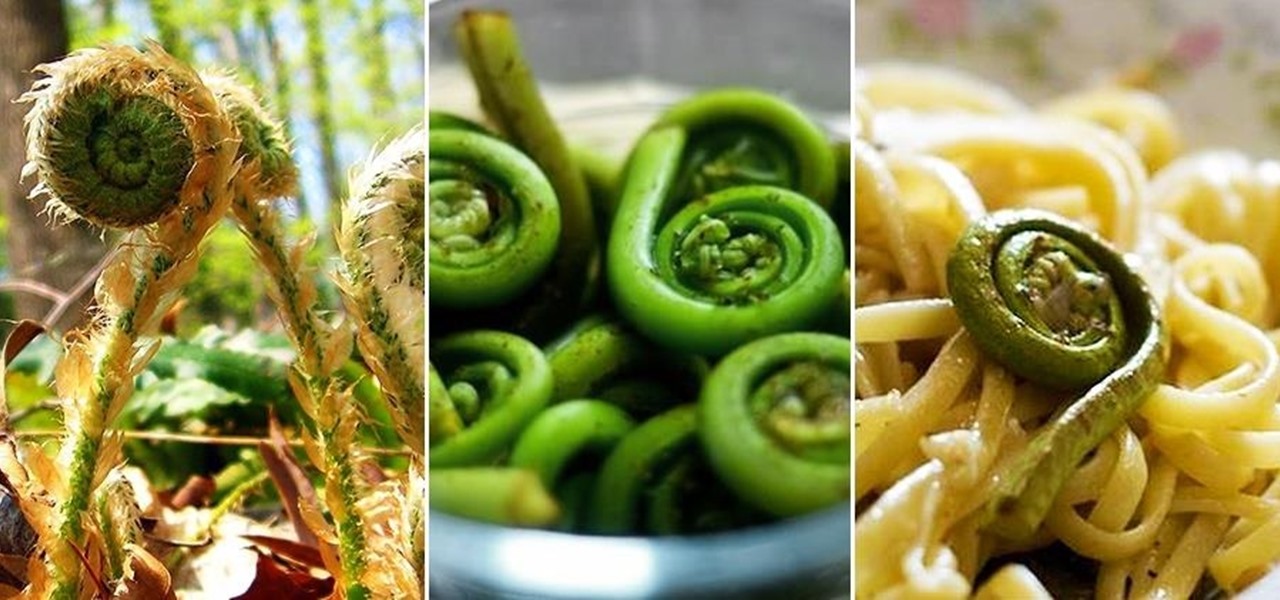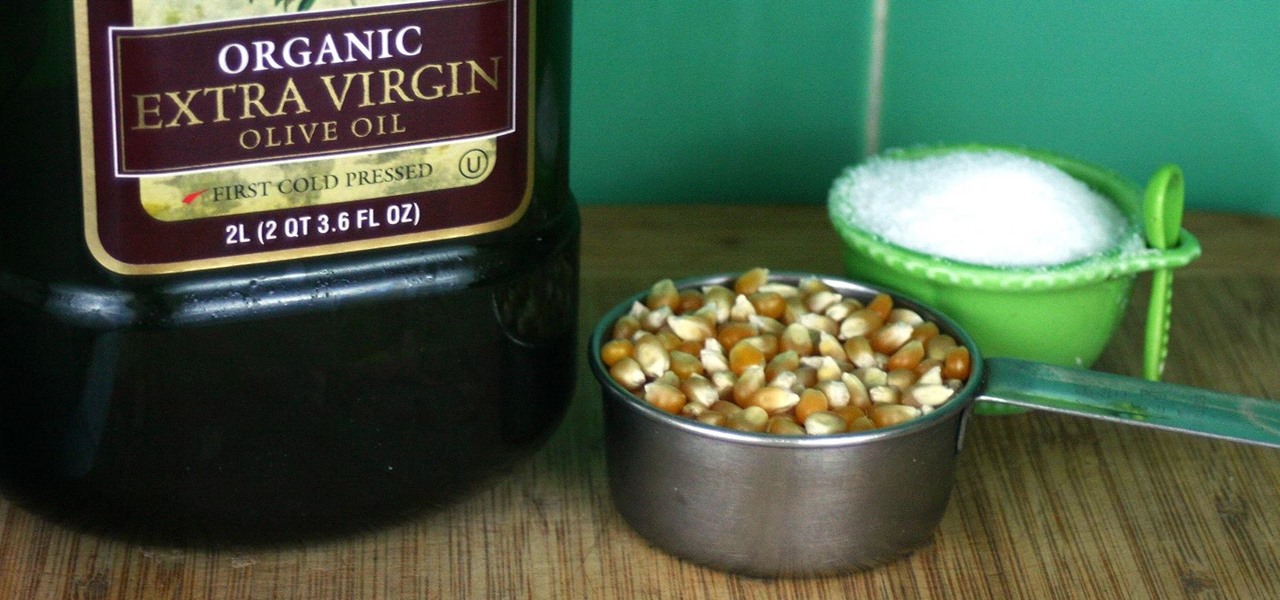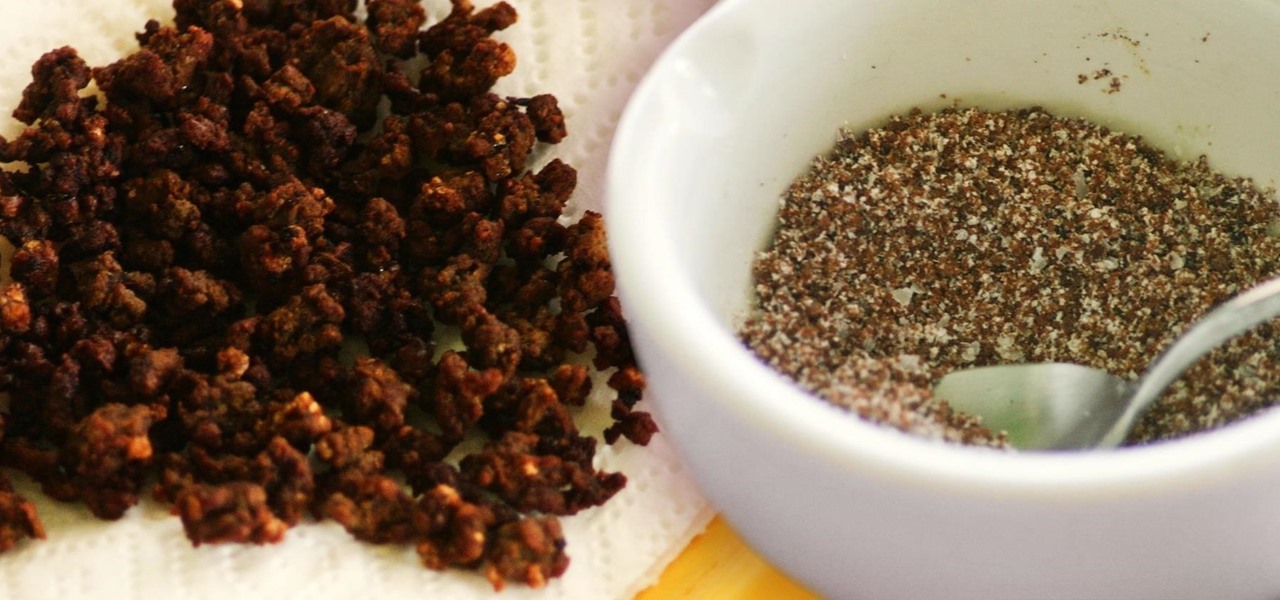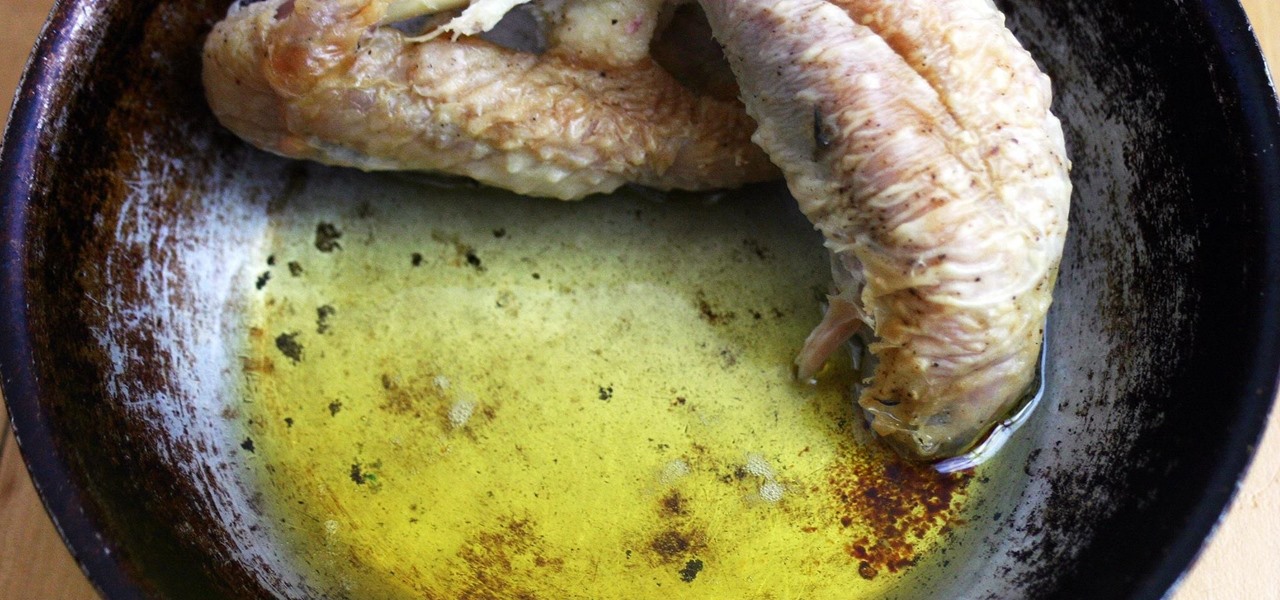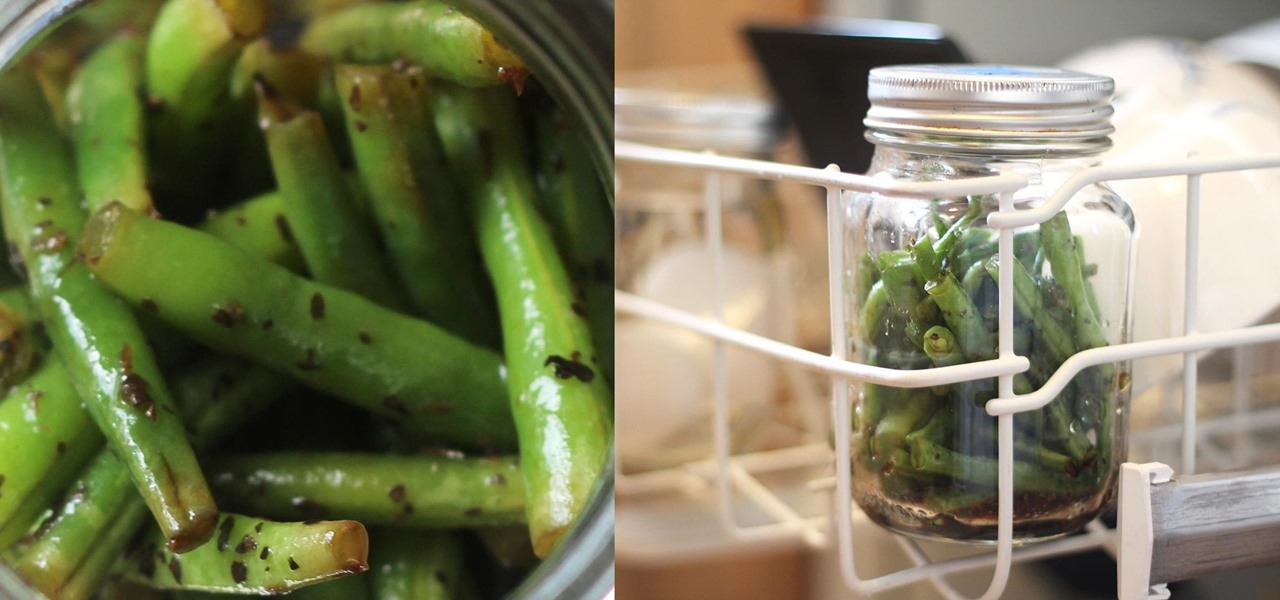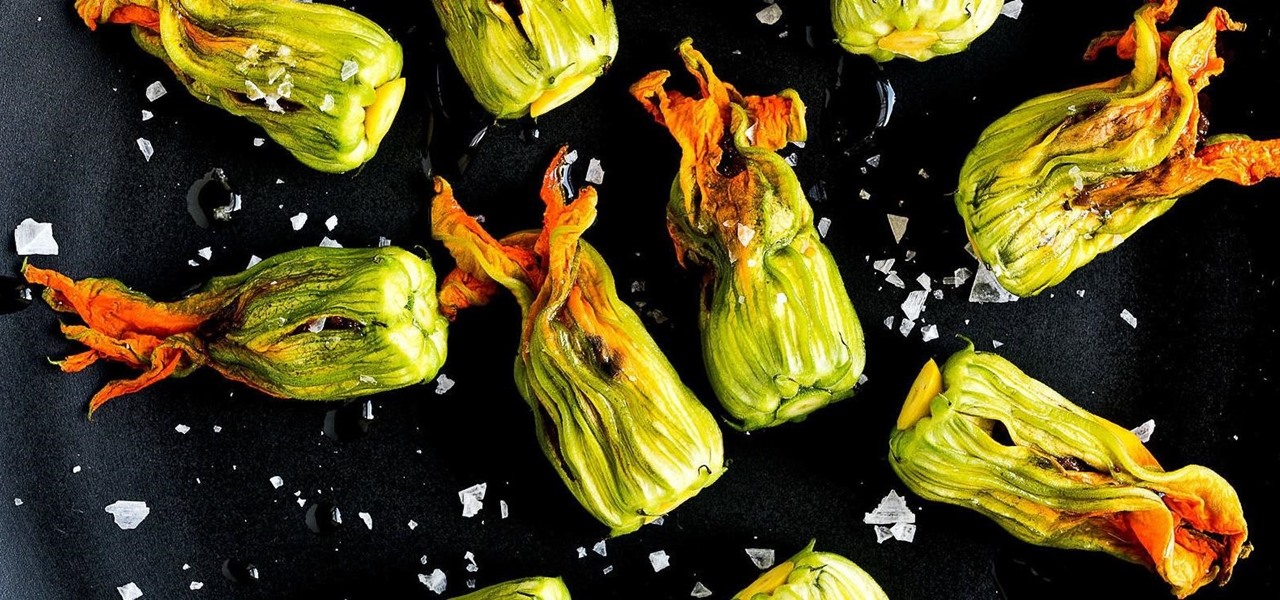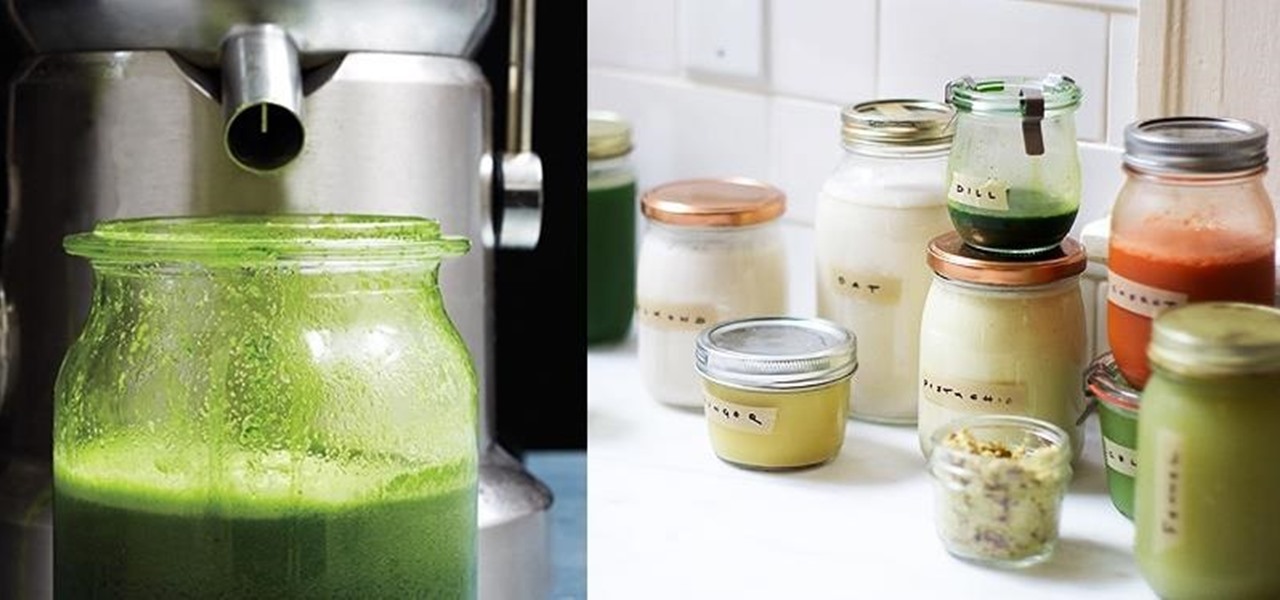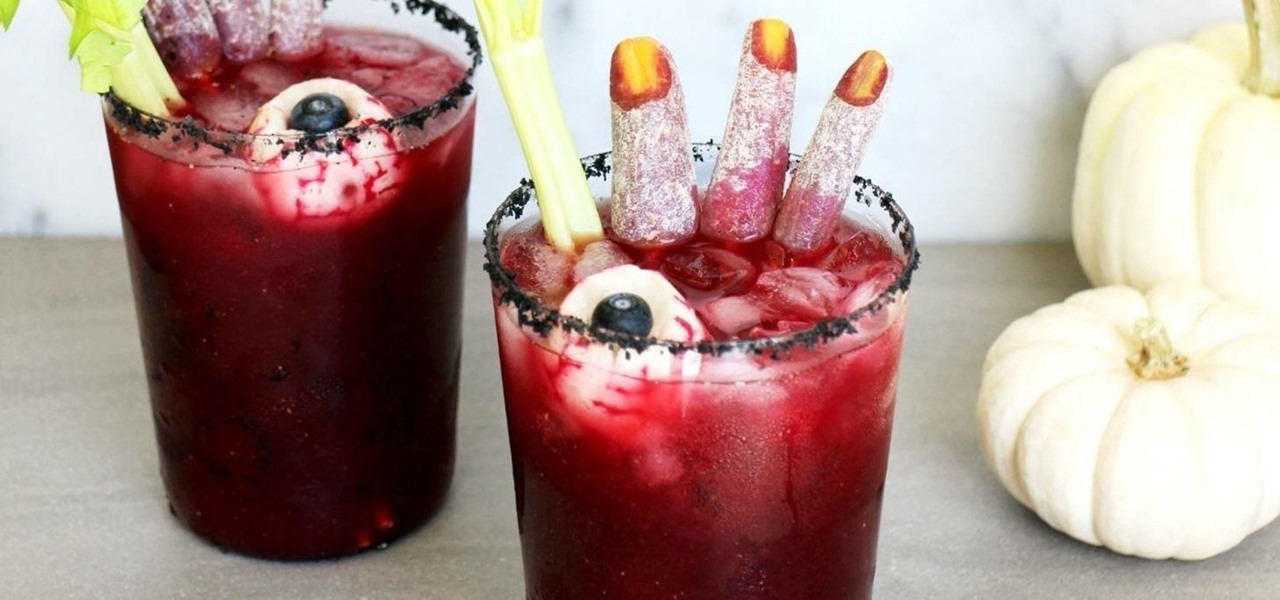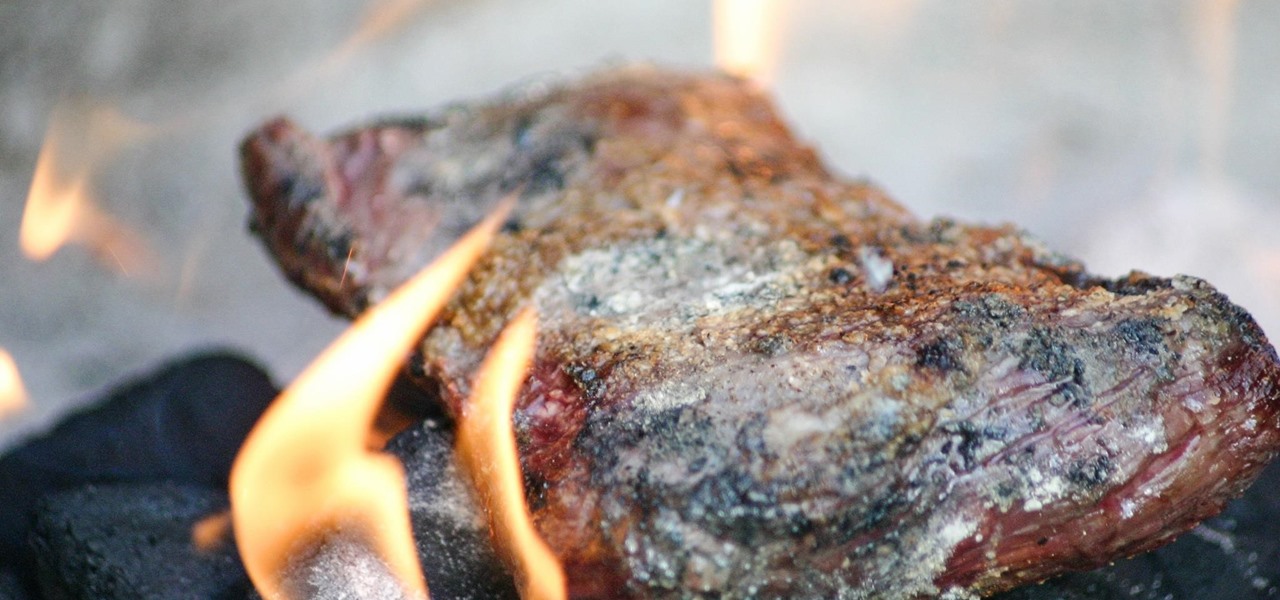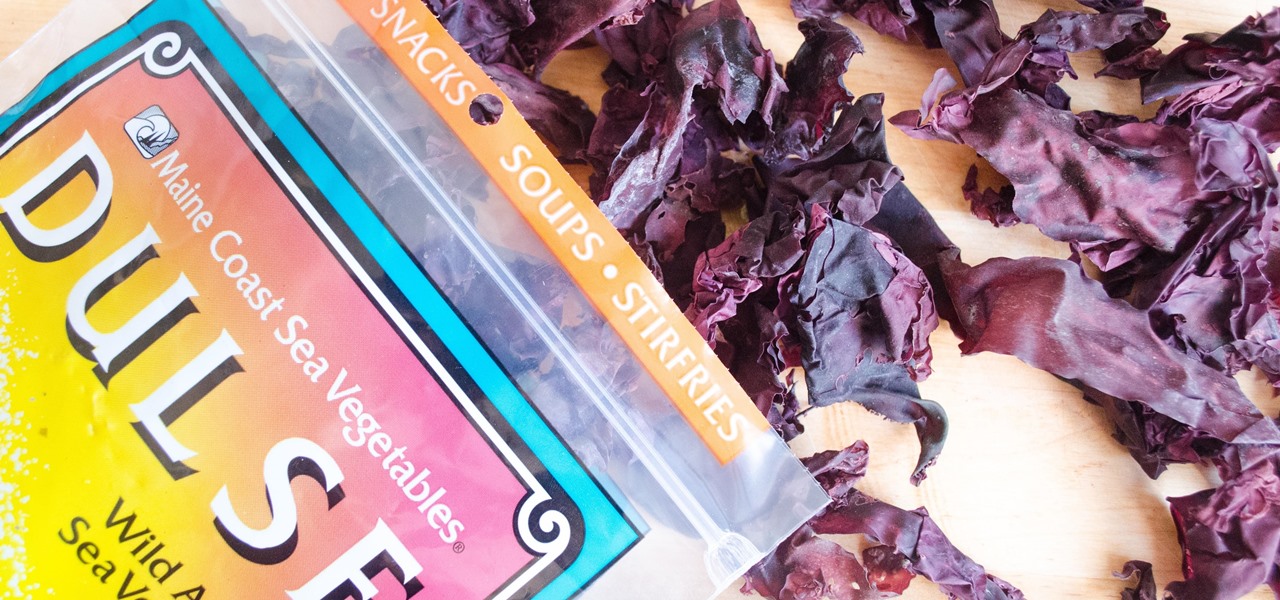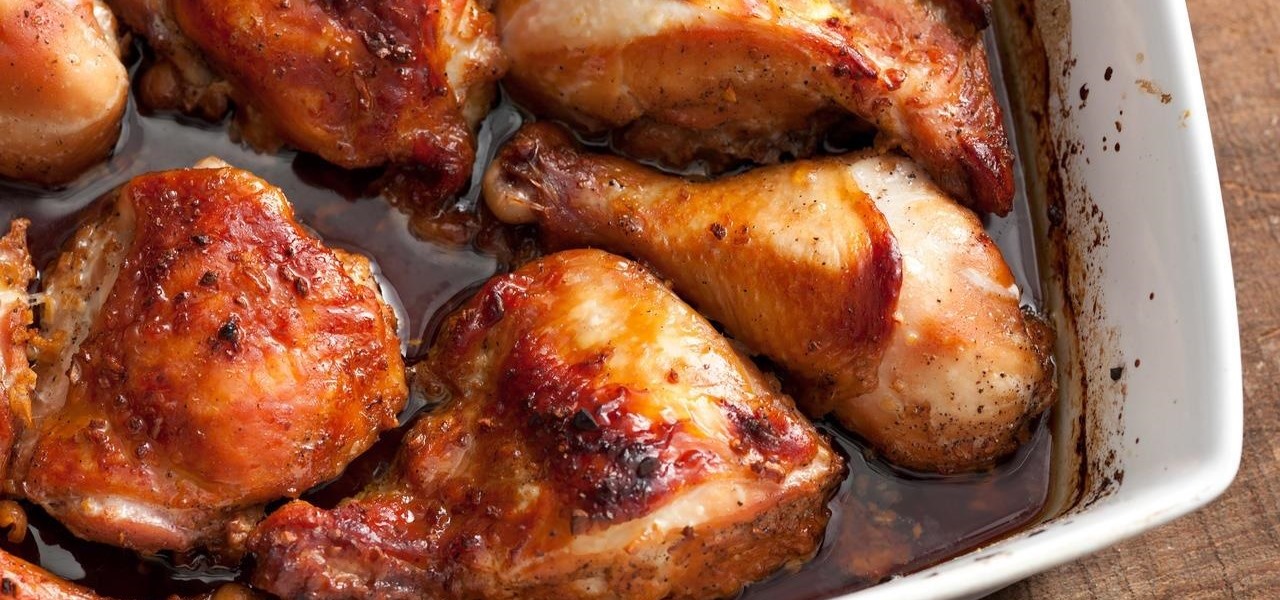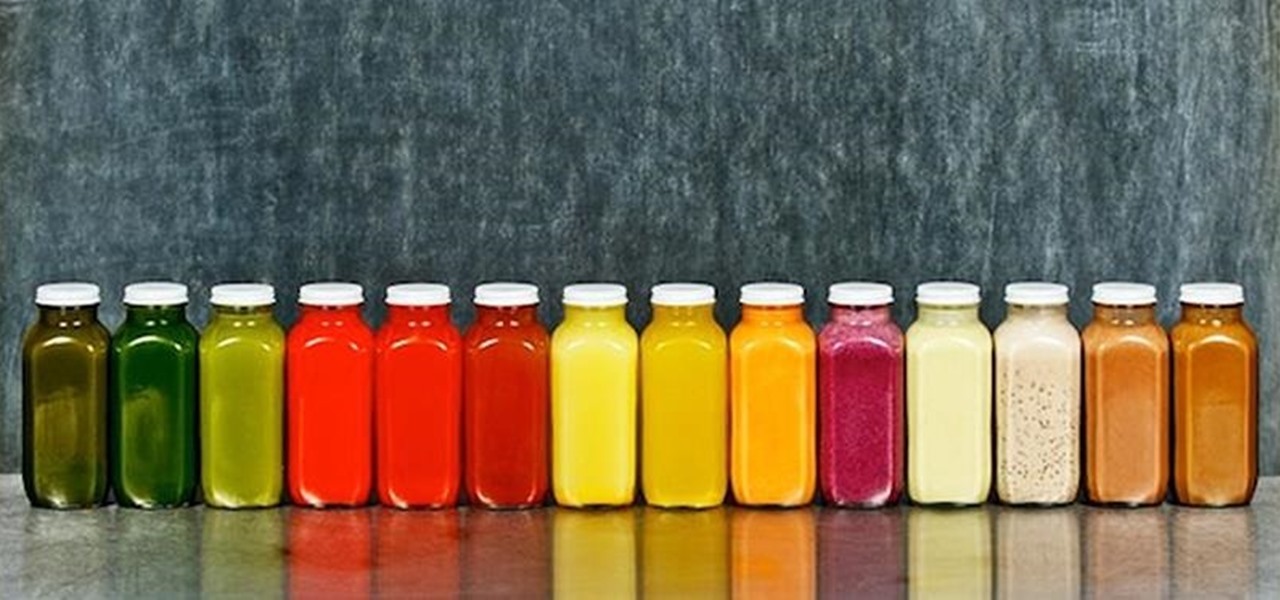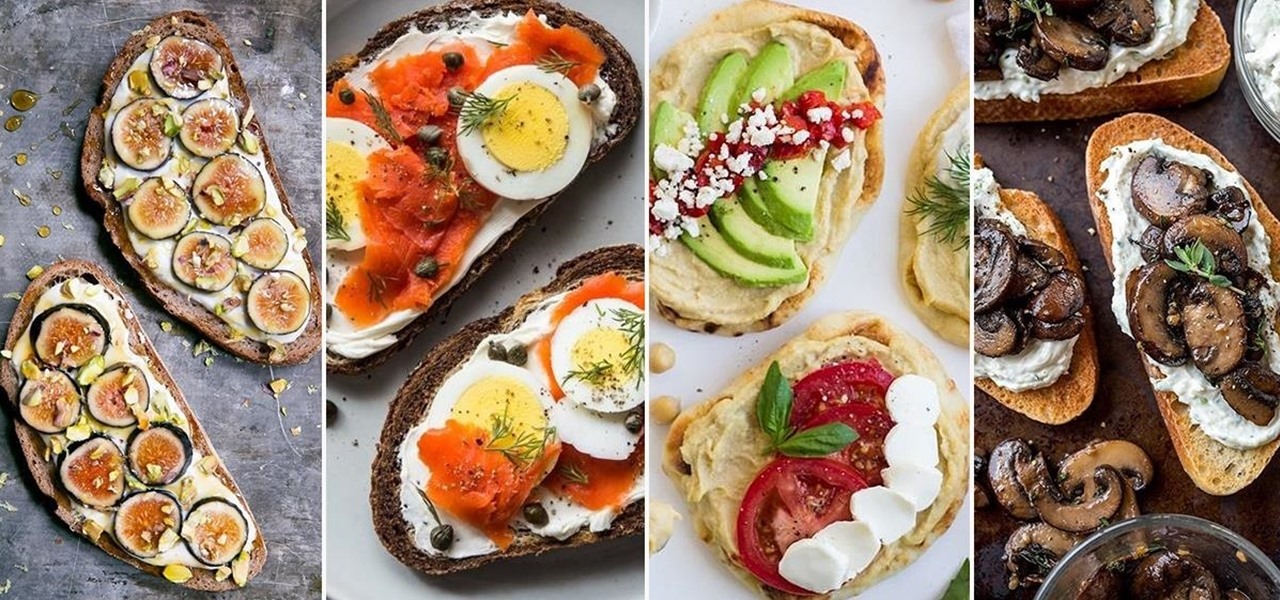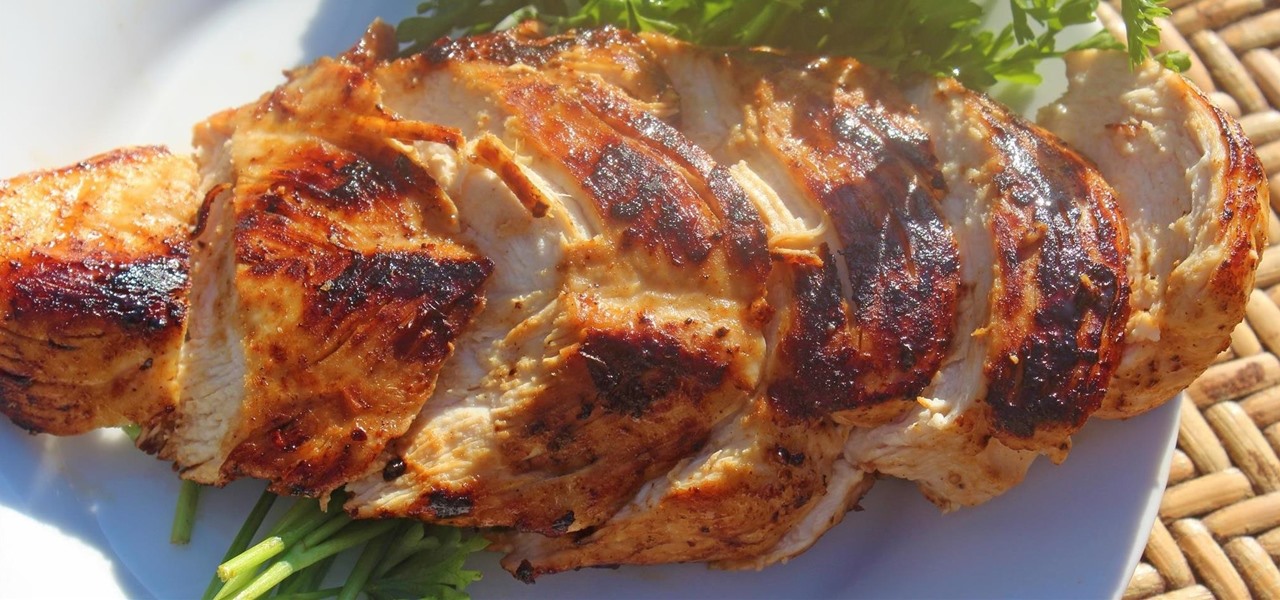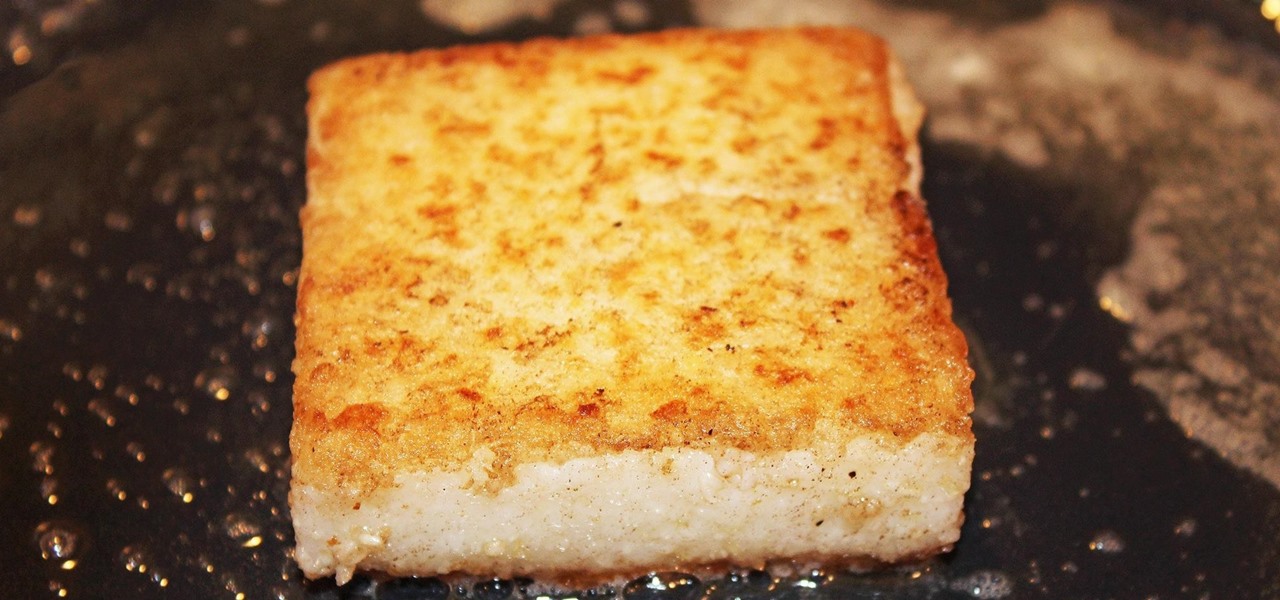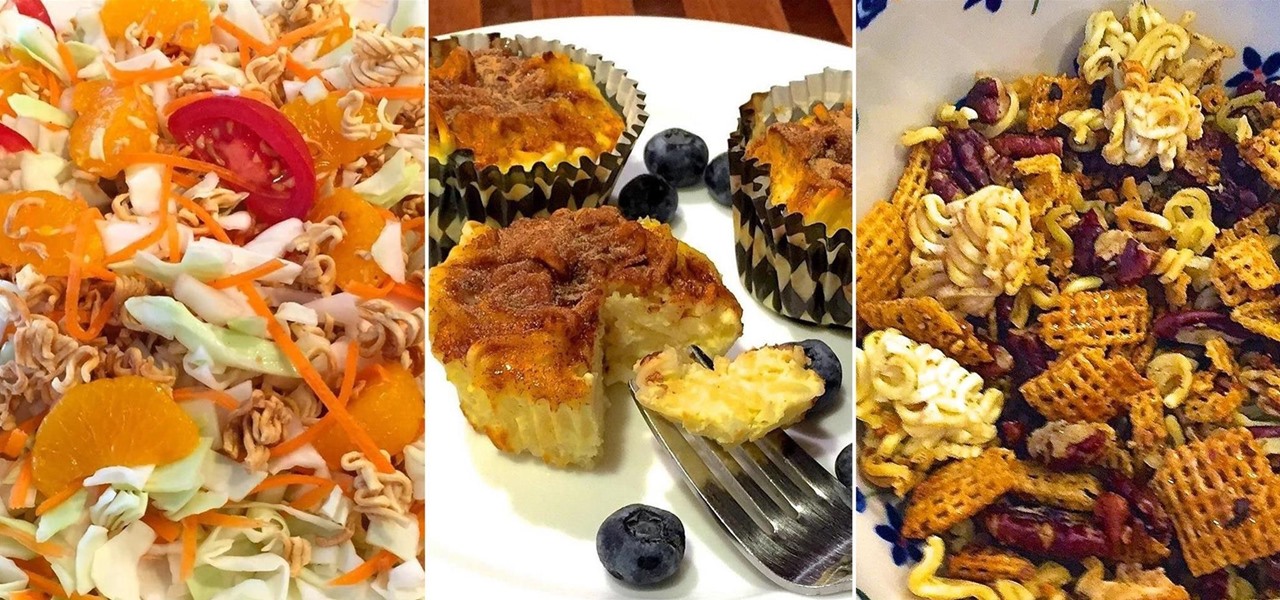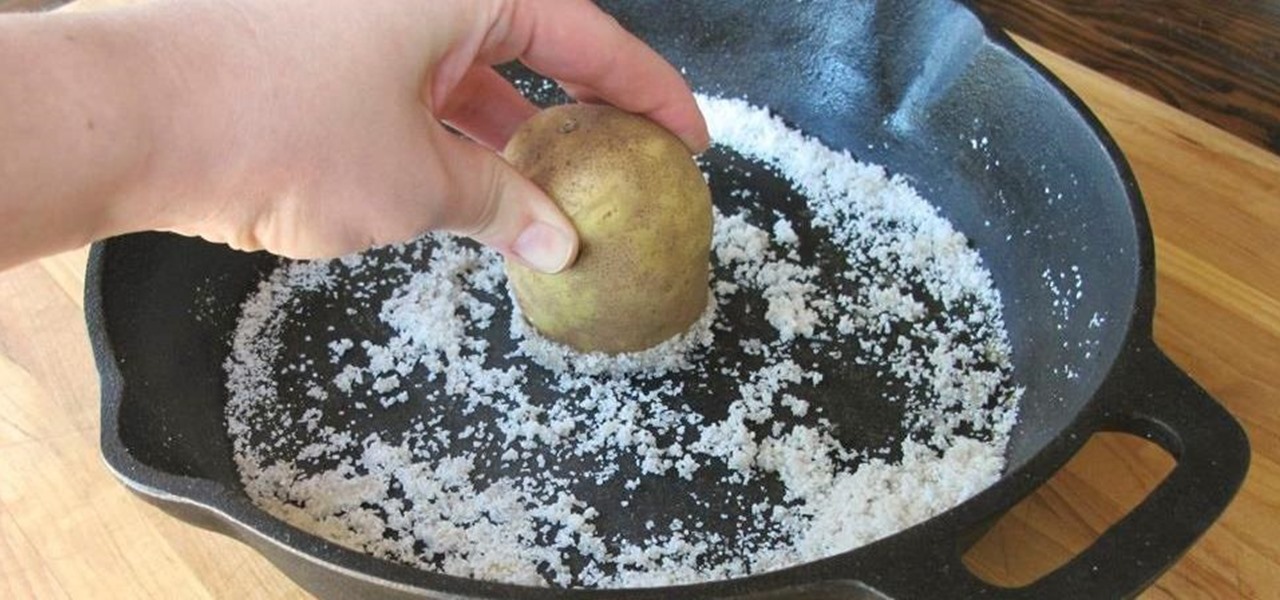
Onion scrubs, salt and olive oil blends, a baking soda slurry... despite the many methods already out there to clean your (old or brand-new) cast iron cookware, there's one you may not have considered: using a potato.
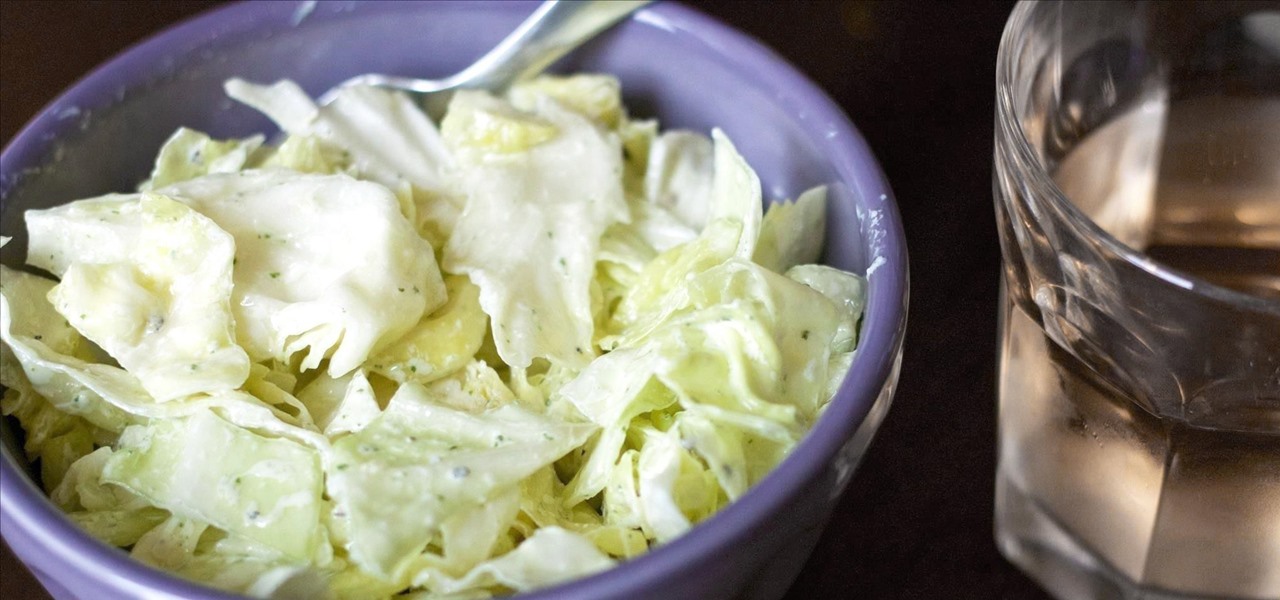
We used to view homemade dressings as something whose variables of flavor and texture outweighed our desire to make them up on the fly. We often found ourselves nervous that they'd come out too runny or too tart or even too thick.

Most wood furniture is long-lasting, durable, and resistant to great wear and tear over the years. However, set a single sweaty, wet cup or bottle on the surface of your favorite wood dining table, or your prominently placed wooden coffee table, and you'll end up with a round water ring stain that is difficult to get rid of.
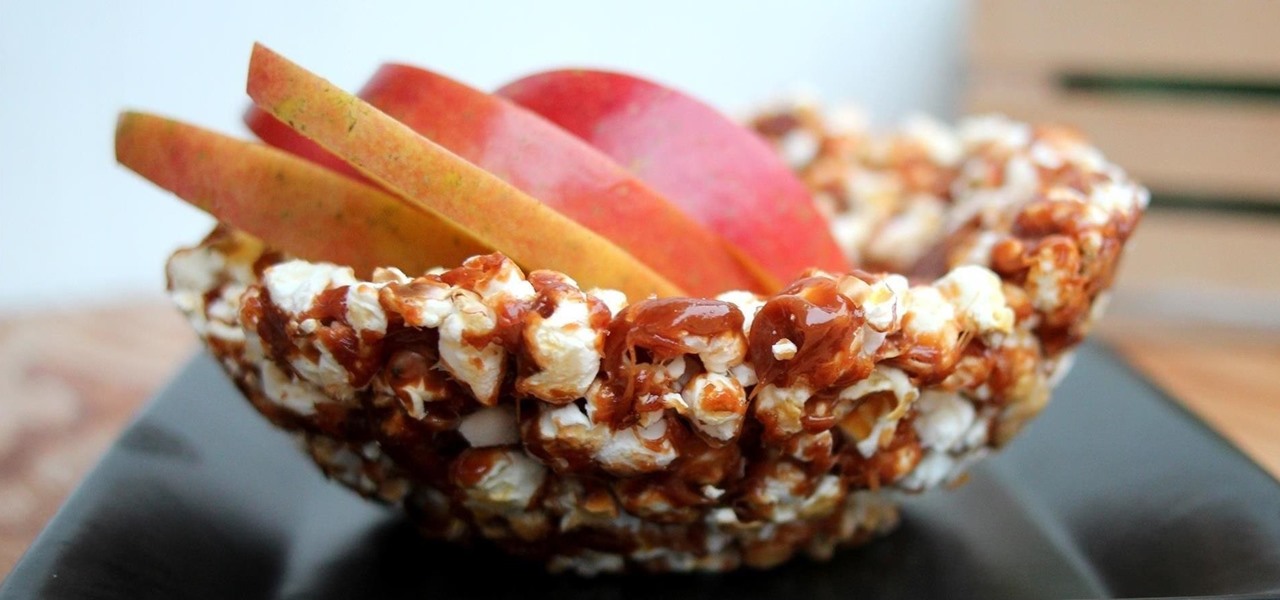
This easy "recipe" requires just two ingredients: popcorn and caramel bits. Caramel bits are made for melting, and they take all the work out of making caramel-based anything. If you've ever made caramel before, the result is delicious, but it's often hot and sticky work—in most cases.
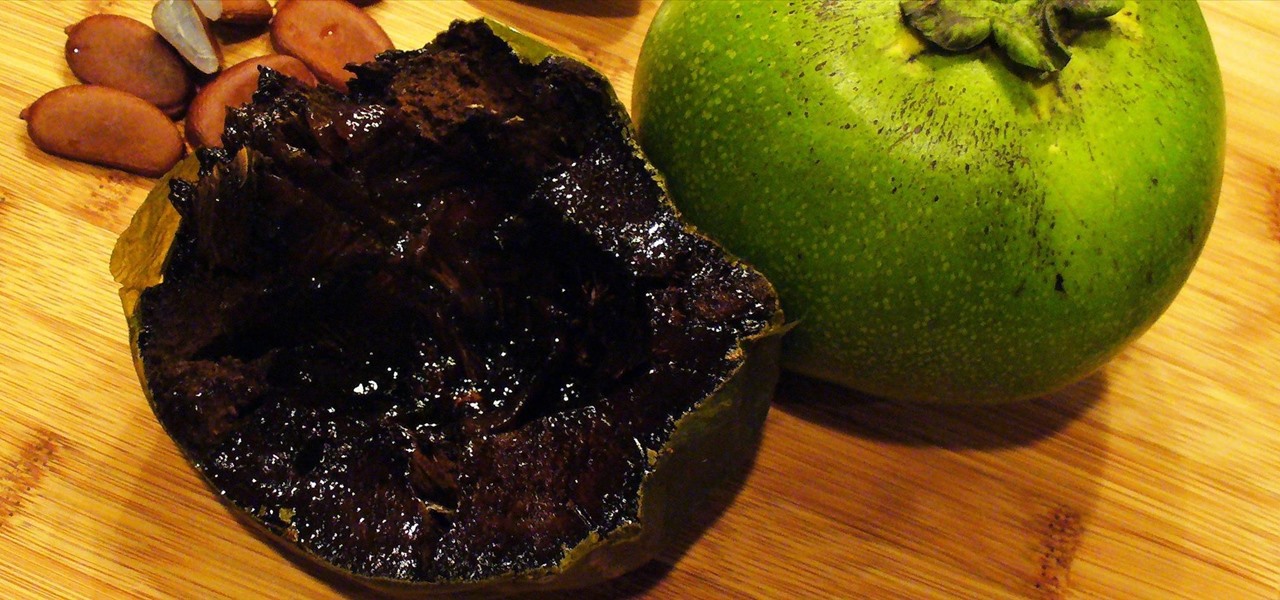
Mother Nature is one creative entity, especially when it comes to fruit. Let's face it: most major supermarkets stock only the most common fruits like apples, pears, and grapes, but they're so basic. Why not explore other options, from the stinky-yet delicious durian to the captivating citrus caviar that is finger limes?
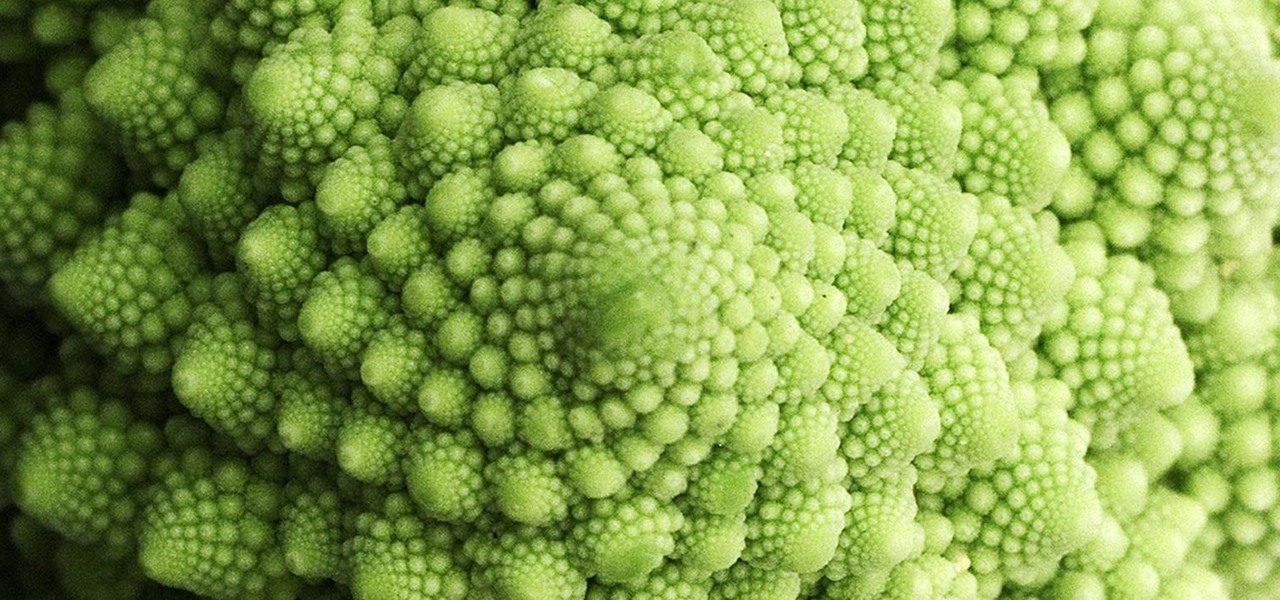
One of the best things about talking to other people who love food is that they point you to weirdly beautiful ingredients, like this: No, that's not an escapee from Middle Earth you're seeing. It's one of Mother Nature's best attempts at making fractals come alive into a golden spiral: the Romanesco (sometimes called fractal broccoli, broccoflower, or Romanesque cauliflower). Here's another view: So Just What Is It & What Does It Taste Like?

While living alone, I grew to enjoy cooking. Not only was it necessary to my existence, but it was cheaper than eating out. One thing I really came to love was garlic, especially its smell. If a recipe didn't ask for it, I added it anyways.

Calling all popcorn fanatics: we know a bit of drizzled butter is all that's needed to make a delicious bowl of your favorite finger food, but we've got some interesting mash-ups of flavors that we think you should try the next time you veg out on your couch for another Netflix marathon.

Since the dawn of time—well, that maybe a slight exaggeration, but let's roll with it—sly entrepreneurs have been swindling the general public with inferior products for the sake of saving a few cents. Nothing is sacred when it comes to saving money: caviar, cheese, or even baby formula. Hell, there's even an entire book dedicated to the history of food swindling.

Several years ago, I moved to Brooklyn, New York, just outside a Spanish neighborhood. It was here that I was introduced to chayote. Fast-forward to present day: I live in Los Angeles and buy several chayote squash a week to cook with—yes, I said several. It's so versatile and healthy! For the uninitiated, chayote (chai-YOH-tee) is a light green squash shaped like a pear originating from central Mexico. Although it's considered a fruit, chayote is a member of the Cucurbitaceous (gourd) family...

If you're gluten-free, on a diet, or just cutting the carbs like me, eating a sandwich can be a dangerous game. There are traditional alternatives such as lettuce or egg wraps, but they have their drawbacks: they can't hold as many ingredients, they can be lack flavor when raw and un-rendered, and it's hard to layer the toppings and condiments to create your perfect bite.

As a kid, my mother would always bring the noodles onto the table in a colander, then bring the pot of sauce she cooked separately. So I grew up with the idea that pasta and sauce were two separate entities that you combined table-side, and continued to eat pasta that way well into my adulthood when cooking at home. It was only much later that I realized the error of my ways... that pasta could taste so much better than I had previously imagined.

Being Jewish is kind of tough this time of year. Folks are putting up their lights, stringing popcorn and cranberries, and decorating trees. Those of us who don't celebrate Christmas start to feel a wee bit left out in the cold. Yes, some families give out presents on each of the eight nights of Hanukkah, but the truth is that it's not a major holiday on the Jewish calendar.

Garlic is magical. It fends off vampires (or so I hear), helps lower blood pressure, reduces the production of cholesterol in the body... oh, and it's also freaking delicious, of course. Garlic is a culinary staple in countries all over the world. That lovable stink and sharp bite of flavor are essential to many dishes we know and love today, from spaghetti to sesame chicken.

Butter is one of the most versatile ingredients in the world: its variety of uses range from brightening a morning piece of toast to finishing a beautiful rib-eye steak with decadent flair.

The peanut butter and jelly sandwich has officially left the building. When you eat this every other day in elementary school, you've sort of reached your limit. The thing is, peanut butter itself is delicious and quite versatile if used in the right way. Let's explore this kitchen cabinet staple and showcase it via the three dinner courses.

Fiddlehead ferns look like something from Alice in Wonderland, or something that you might see when you close your eyes while listening to Pink Floyd and enjoying some herbal refreshment. What they don't look like is a tasty vegetable that's perfect for any spring or summer dish. Yet that is exactly what these bizarre spirals are. What Are They?

There are three huge benefits to microwave popcorn: it's quick, it's delicious, and it's cheap. But there's a way to make popcorn that's better, more delicious, and cheaper than the microwave variety. And oh yeah, quite a bit healthier.

Potato peels are largely misunderstood creatures. They're shucked away from every mashed potato dish like some icky rag that has no business in your kitchen. PS: Quit it. By ditching the peels, you're not only missing out on fiber and large amounts of potassium (even more than a banana), you're tossing the potential for chewy, crunchy finger food. So the next time you're left with a plate of scraps, here are four tasty reasons to hold onto them.

Beef: it's what for dinner. And if you really like the taste of it, it can be what you season the rest of your dinner with, too.

Poor chickens. Bacon fat is revered (and justifiably so), and duck fat is a staple at most fine grocers. Marbles of fat make a steak divine, and goose fat is the holy grail of fatty goodness. Yet chicken fat is usually thrown away.

This sounds a little crazy, and it is—in a good way. Cooking food in the dishwasher while it cleans your dishes multitasks your appliance and saves time and energy. And who doesn't want to spend less time over a hot stove? How Dishwasher Cooking Works

Those ordinary green zucchini you see in the market are hiding a lovely, delicious secret: Actually, all summer squashes produce these delightful blooms, but the zucchini's are most frequently used for eating since they taste the best: fresh, clean, and zucchini-like, but with a little something extra. They used to be a rarity at supermarkets, so you had to have a garden or a gardener friend who would generously share the bounty with you.

I grew up eating Korean, Japanese, and Chinese food, but it wasn't until college that I experienced Thai and Vietnamese cooking. Once I started, I couldn't get enough of these cuisines. The dishes had an incredible richness and savor that I couldn't identify, but whatever it was, it made me want to keep eating.

Freekeh is the next great supergrain that you might not have heard of yet. According to nutritionists, it comes out on top compared all to other grains, with more protein, fiber, vitamins, minerals, and a lower glycemic index.

The next time you finish that last pickle spear, don't pour the leftover green juice down the drain. You can use your leftover pickle juice in cooking, in cocktails, and as a post-workout performance shot.

There are several reasons why restaurant food tastes so good. One is that the cooks know how to make reductions, which involves cooking down large amounts of liquid until it becomes a pool of thick, glossy sauce. While this technique isn't hard to learn, it can be time-consuming.

True story: a friend of mine regularly started a fight with her boyfriend everyday at 4 p.m. Every day. This went on for years until he finally got the bright idea of shoving a granola bar at her the minute she came home from work. Shazam! The fights were a thing of the past.

For a friendly mobile game, Animal Crossing: Pocket Camp has an overwhelming number of items and collectibles — from fruit to fish to friends. Even though it can be difficult to keep up, this guide will be a great stepping stone to creating the campsite of your dreams without spending a dime.

There are two types of Halloween lovers: Those who like culturally-relevant costumes and serving precious ghost cupcakes, and those who live to freak their friends the hell out in the most disgusting way possible.

This is a whole new level of "Paleo," guys. Seriously: there's nothing more primal than a giant hunk of meat cooked in direct flame. Fancy grills and grill masters be damned—this method of cooking your meat is both the past and the future.

You never know when the mood for a party will hit, and lazy summer days are perfect for hosting impromptu gatherings in the backyard. That's why it's always important to be prepared with plenty of drinks, cool snacks, and ingredients for crowd-pleasing appetizers.

Seaweed isn't just for rolling sushi anymore. The food science world is introducing chefs and home cooks to dulse (rhymes with pulse), kale's wacky seaweed cousin that tastes surprisingly like bacon and may even be the next big superfood.

When we tell folks how often we use apple cider vinegar, they are baffled and bewildered. "I've had a bottle sitting in my pantry for 10 years," is the response we encounter most. And "I never use it!" Some have never even used apple cider vinegar at all in their lifetime, believe it or not.

Hummus seems like it should be easy to make, but creating that ideal creamy consistency can be pretty difficult. Often it comes out too chunky, which means your hummus won't be good for dipping into. Luckily, there is one trick that will help you create the creamiest consistency and make you never want to go near store-bought hummus again: add baking soda.

When we initially started juicing, we tended to gravitate towards the widely popular juice staples—carrots, cucumbers, celery, kale, spinach, and apples. However, as we grew more comfortable with these fruits and vegetables (and honestly, a bit bored), we realized there are other unsung juicing ingredients that are just as tasty and nutritious.

Local cafés and food bloggers are catching onto a gourmet toast trend that makes bread and butter look like movies before color TV was invented.

My father never cooked a meat without some kind of marinade. He always used a slew of ingredients: salt, pepper, Season-All, Cajun seasoning, vinegar, olive oil, liquid smoke, Worcestershire, hot sauce, onions, lemons... I'm pretty sure this isn't a complete list, but I've honestly forgotten the rest! It always tasted amazing, but the long list of ingredients was definitely a detriment whenever replicating the marinade.

Polenta can cause risotto-like anxiety for the most experienced cook. First of all, making polenta is time-consuming—it can often take upwards of 45 minutes (unless you use this shortcut). And in the midst of this long cooking time, you're constantly stirring to keep the polenta from becoming lumpy. Even after taking the utmost of care, the polenta can still turn out too loose, too firm, or too grainy.

I held the orange packet in my hands and presented it to my friend, Seth, as though it were a plastic-wrapped jewel—rather than three ounces of dehydrated noodles.








